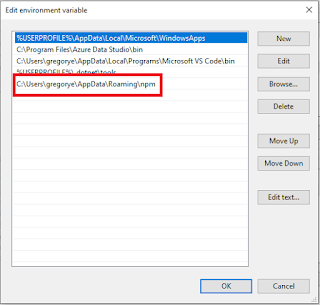Register Client Scripts In ASP.NET Using ClientScriptManager Class
Source:
ClientScriptManager Class
C# Code
HTML Markup
C# Code
1 2 3 4 5 6 7 8 9 10 11 12 13 14 15 16 17 18 | public void Page_Load(Object sender, EventArgs e) { // Define the name and type of the client scripts on the page. String csname1 = "PopupScript"; String csname2 = "ButtonClickScript"; // Get a ClientScriptManager reference from the Page class. System.Web.UI.ClientScriptManager cs = Page.ClientScript; // Check to see if the startup script is already registered. if (!cs.IsStartupScriptRegistered(csname1)) { String cstext1 = "alert('Testing');"; cs.RegisterStartupScript(GetType(), csname1, cstext1, true); } // Check to see if the client script is already registered. if (!cs.IsClientScriptBlockRegistered(csname2)) { StringBuilder cstext2 = new StringBuilder(); cstext2.Append(""); cs.RegisterClientScriptBlock(GetType(), csname2, cstext2.ToString(), false); } } |
HTML Markup
1 2 3 4 5 6 | <body> <form id="Form1" runat="server"> <input type="text" id="Message"/> <input type="button" value="ClickMe" onclick="DoClick()" /> </form> </body> |



Great insights! I really appreciate how clearly you’ve outlined the topic. Your post has provided some valuable clarity. Thanks for sharing!
ReplyDelete